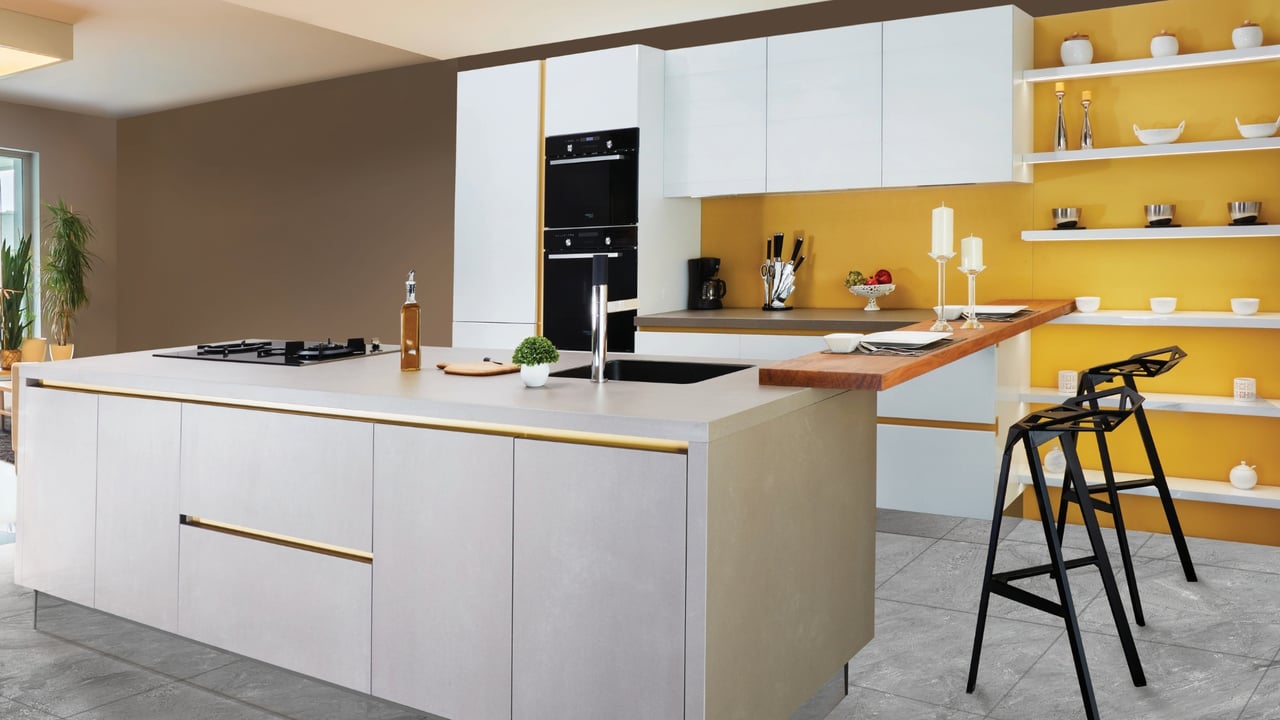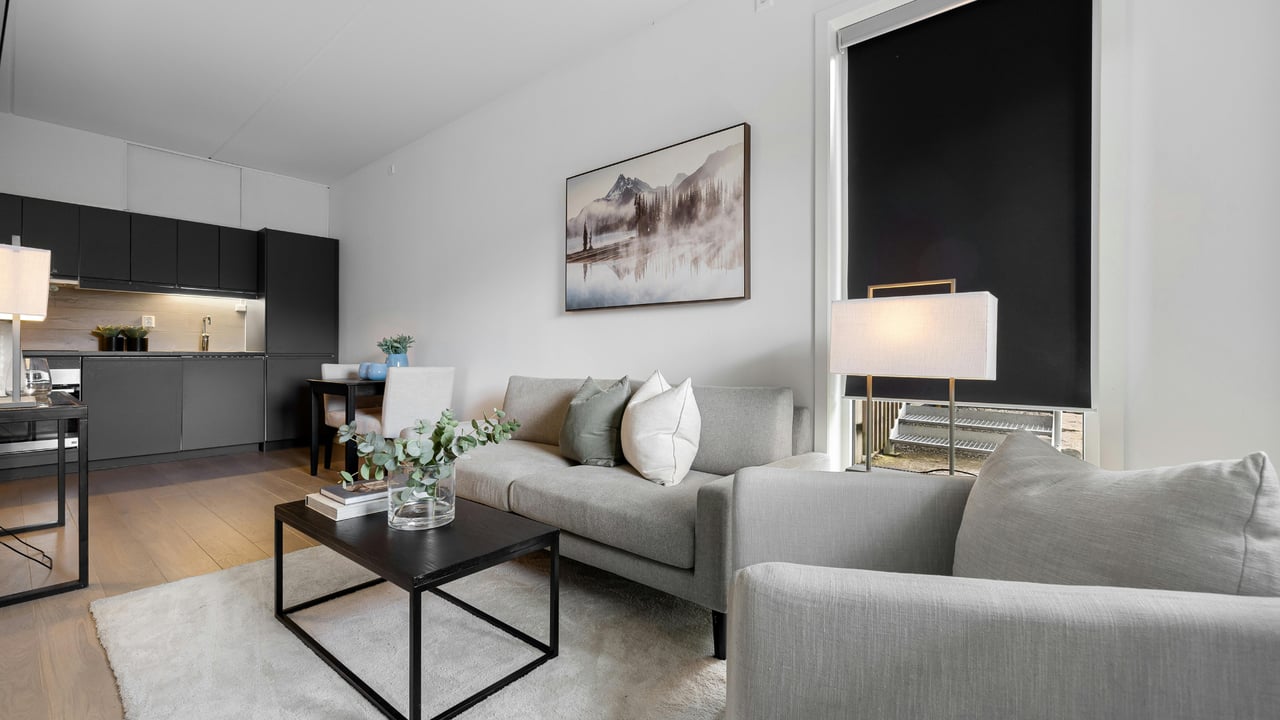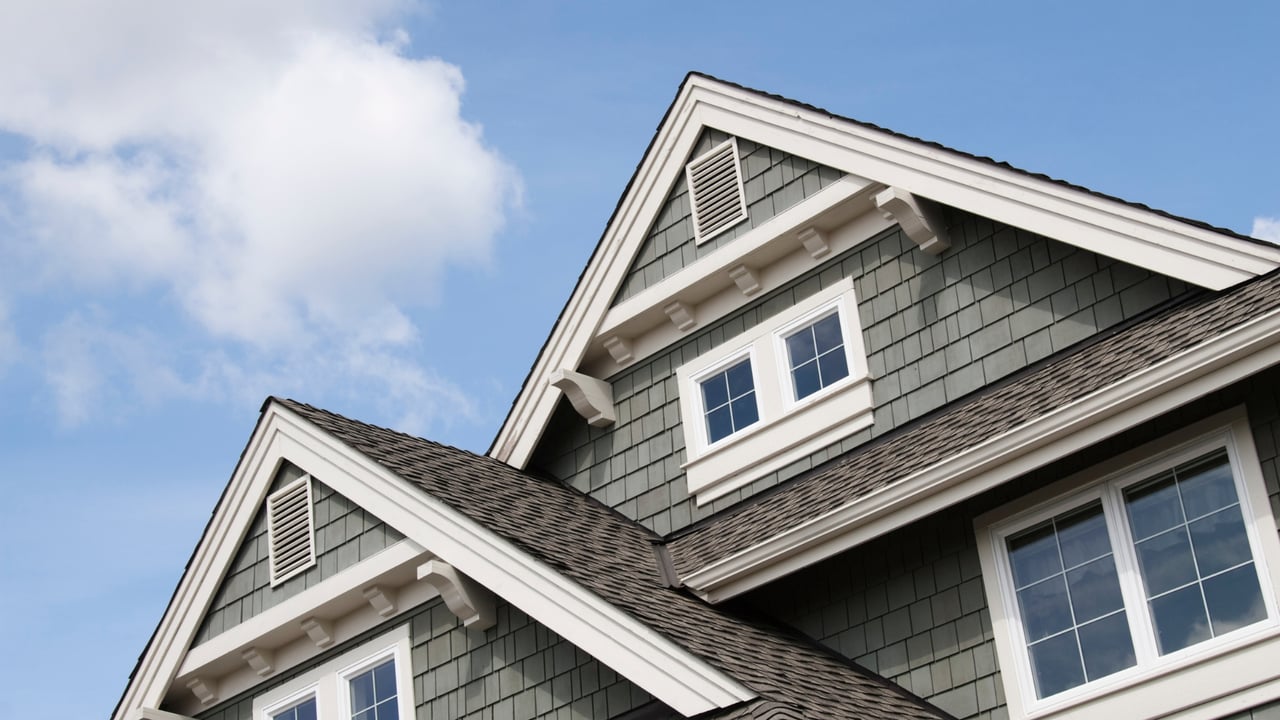Once you decide to upgrade your home – whether you’re planning to stay for a while or sell in the near future – thoughts about the best way to pay for home improvements soon take centre stage.
Some minor upgrades, such as new paint or simple updates to light fixtures and faucets, don’t typically cost a whole lot of money, but even the best-planned projects can quickly snowball out of hand, and the costs add up. Thankfully, there are numerous ways to help you afford what you need and even deal with increased costs caused by the dreaded reno surprises such as floor rot, foundation cracks or faulty electrical wiring.
So, what’s the best way to finance home improvements? Read on in order to discover your options so you can forge ahead confidently, knowing that you’ll have the financial means to make your vision a reality, no matter how many surprises you encounter!
The Top Eight Ways to Finance Major Home Renovations
Take Out a Home Equity Line of Credit
Most people utilize a mortgage to help them pay for their home. Your home equity consists of the current appraised value of your home minus the portion of your mortgage that you still owe.
Home renovations are known to be costly endeavours – especially if the house is old. But if you’ve owned your home for over a decade and haven’t done many upgrades during that period – provided you’ve been diligent in making your mortgage payments and maybe even paying off a little extra here and there – after a decade of ownership, you’re likely to have built up a sizeable amount of home equity. NOTE: Many homeowners set up a HELOC with their lender when negotiating their mortgage to have credit available immediately.
Banks typically allow homeowners to borrow up from 65 to 80% of the appraised value of their home minus the amount owing on their mortgage. So, for example, if your house is currently valued at $800,000 and you still owe $300,000 on your mortgage, you might be able to borrow up to $340,000 on a HELOC.
For the scenario above, here’s what the math looks like:
MAXIMUM HELOC = (80% OF CURRENT HOME VALUATION) – MORTGAGE AMOUNT OWING
= ($800,000 x 80%) – $300,000
= $640,000 – 300,000
TOTAL ALLOWABLE HELOC = $340,000
Although you must still pay interest on the HELOC, you can pay off what you owe on whatever schedule suits you – on a month-by-month basis, staggered amounts over time or all at once if you choose to. The only requirement is that the monthly interest payments are made on time. A HELOC will always have a variable interest rate (usually your lender’s prime rate plus 0.5 to 1%).
As with other lines of credit, you are also allowed to move money in and out of the account as you please for as long as you own your home, meaning that after you pay off one reno project, you could use your home equity line of credit to finance another reno, or even something unrelated, like the purchase of a new car.
As long as interest rates don’t rise substantially, tapping into your home equity can be a great way to fund a renovation. With a home equity line of credit, you get the money you need at a rate much lower than that of credit cards or personal loans.
There’s just one caveat. This type of loan can be dangerous if you have a habit of living beyond your means. Remember, just because you get approved for the maximum amount doesn’t mean you should take it all or spend it all. In fact, it’s better if you don’t.
Refinance Your Mortgage
Refinancing your mortgage is another viable option if you’re pondering how to finance a home addition or other major home repair or renovation. Refinancing your mortgage means adding to the amount of money you originally borrowed to purchase your home. This new mortgage amount is rolled into the current balance on your mortgage.
This option is beneficial in a few ways. First of all, if you refinance at mortgage renewal time, you could end up making lower monthly mortgage payments due to a lower interest rate while gaining access to the money required to fund a renovation or repair. Second, it is an excellent option for people who want to borrow a definite amount of money versus the huge sums that might be available and tempting to overuse in our HELOC example above.
When you refinance your mortgage, you get a set amount of money at a set interest rate, which keeps you from spending more than you should. As with any mortgage, the payments on the refinanced amount remain consistent.
Apply for an Unsecured Personal Loan or Personal Line of Credit
If the first two financing options are unavailable to you, it may be worth looking into applying for an unsecured personal loan or personal line of credit. Anyone can apply for an unsecured personal loan or personal line of credit through a financial institution.
An unsecured personal loan is simply a lump sum of money that you repay with interest on a set schedule, while an unsecured personal line of credit operates just like a HELOC, with a limit you continually regain as you repay it.
A personal loan or line of credit will always have a far higher interest rate than a HELOC or refinanced mortgage because there is nothing securing it.
Take Out a Second Mortgage
Some people prefer to take out a second mortgage as the best way to finance home improvements. A second mortgage and a home equity line of credit are both types of loans that use a property as collateral, but they differ in the interest rate applied to the loan, how the money is accessed, and how it is repaid.
With a second mortgage, the borrower receives a lump sum of money and pays it back at a fixed interest rate over a set term, such as 10 to 30 years.
This option will provide you with the cash you need to complete your project and at a lower interest rate than a personal line of credit or credit card. However, it can leave you with a hefty monthly mortgage payment. Because the risk to the lender is greater, interest rates are higher on second mortgages, and although you won’t need to pass a “stress test” for your second mortgage, you will need to continue to pay your first mortgage while you also pay your second. Lastly, closing fees associated with second mortgages – including home appraisal, legal and mortgage application fees – will also need to be paid.
Pay with Your Credit Card
While definitely NOT the best way to pay for home improvements due to the high interest rates involved, using a credit card to finance a home renovation is possible. However, be aware that interest on credit card cash advances compounds daily, while credit card debt is usually compounded monthly.
And if you can’t pay off the balance owed at month’s end on either, your debt could quickly spiral out of control.
Get a Loan from Family or Friends
Although not available to everyone, borrowing from family or friends is another viable option. While borrowing money can complicate relationships, this option may come with the ability to negotiate more favourable repayment terms with the person you are borrowing from and eliminate the need to use a bank or other financial institution altogether.
Pay as You Go
If you aren’t in a time crunch to get the renovations done, you can always save by doing only the upgrades you can pay off the following month. This will inevitably slow down the remodelling process; however, it is one of the only ways to ensure you don’t get overburdened by interest fees on your renovation spending.
Rely Strictly On Your Savings
The final way to pay for home remodels without borrowing funds from another entity is to simply use your savings. This is a good option for those who want to get the renovations done as quickly as possible, and don’t want to be stuck owing money once they are completed.
Review the Costs for Each Option Before Deciding
As you review your options, remember that the best way to finance home improvements for one person will not be the same as for another, but there will be a best fit somewhere that might even involve combining two or three options. A financial consultant can run the numbers and help you choose the best strategy for financing a planned renovation.




